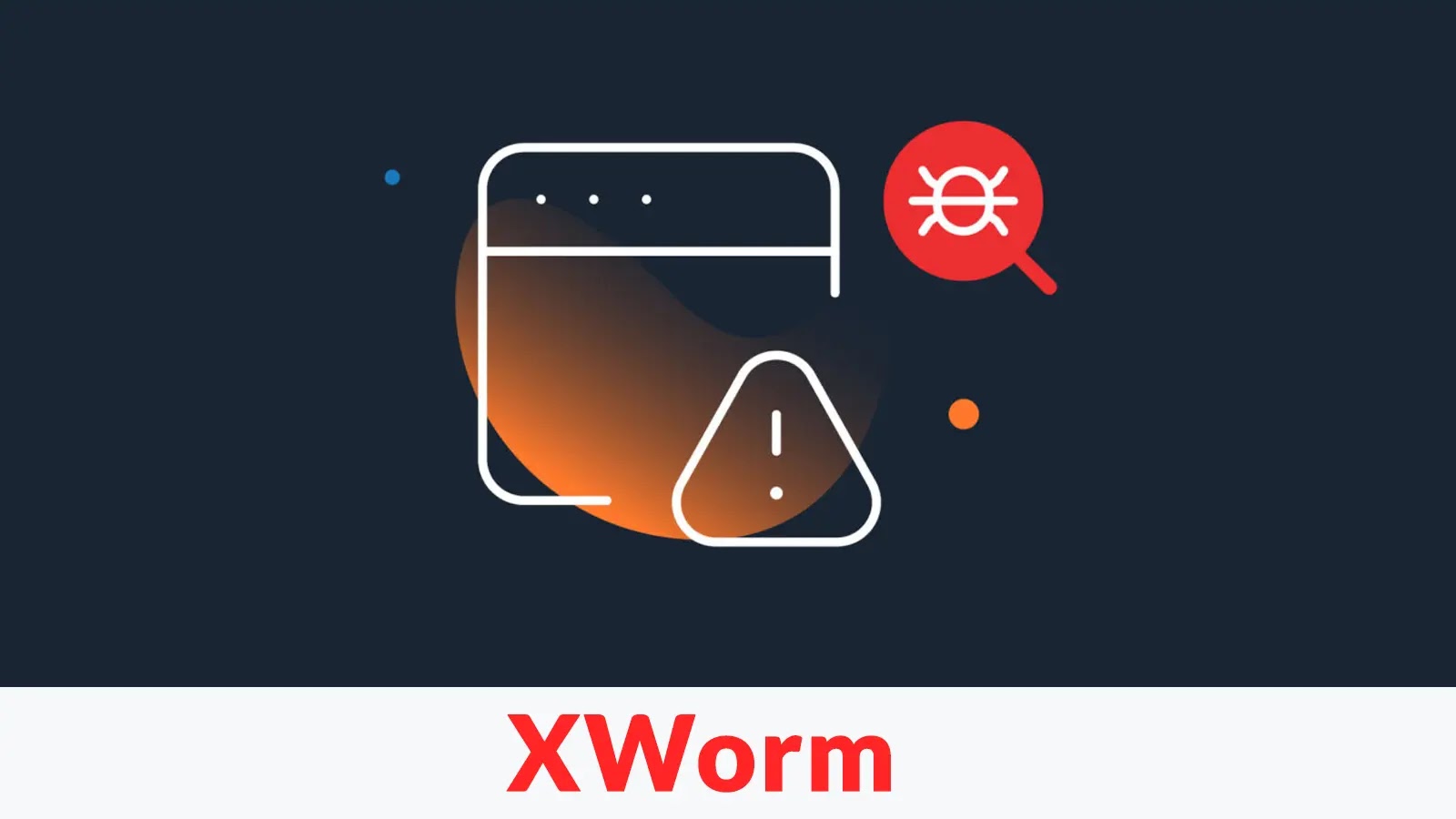
Hackers are Weaponizing Invoices to Deliver XWorm That Steals Login Credentials
The Deceptive Lure of Fake Invoices: XWorm’s Covert Credential Theft
In the relentless landscape of cyber threats, attackers constantly refine their tactics. A particularly insidious campaign has emerged, leveraging the seemingly innocuous document of an invoice to unleash the potent XWorm remote-access trojan (RAT). This sophisticated attack vector underscores the critical need for vigilance, as adversaries weaponize everyday business communications to infiltrate systems and steal sensitive credentials.
Weaponizing Trust: How Fake Invoices Deliver XWorm
The core of this attack hinges on social engineering. Attackers craft convincing, yet fraudulent, invoice emails designed to trick recipients into believing they are legitimate business communications. The deception comes into play when a user opens the attached file. This attachment isn’t a benign PDF or spreadsheet, but rather a malicious Visual Basic Script (VBS) file.
Upon execution, this VBScript initiates the deployment of XWorm. What makes this threat particularly dangerous is its stealth. XWorm operates silently in the background, offering no visible warnings or alerts to the victim. This clandestine operation allows it to establish a foothold on the compromised system without immediate detection, paving the way for extensive data exfiltration.
XWorm: A Multifaceted Threat to Digital Security
XWorm is not merely a data stealer; it’s a comprehensive remote-access trojan designed for maximum compromise. Its capabilities extend far beyond initial infection, allowing attackers a wide range of malicious activities:
- Credential Theft: The primary objective of this campaign, XWorm excels at quietly siphoning off login credentials from browsers, email clients, and other applications.
- Password Harvesting: Beyond just active logins, XWorm seeks out stored passwords, greatly expanding its haul of sensitive information.
- Sensitive File Exfiltration: The RAT can identify and transmit critical documents, intellectual property, and other confidential files from the infected machine to command-and-control servers.
- Remote Control: As a RAT, XWorm grants attackers extensive remote control over the compromised system, enabling further surveillance, malware deployment, or system manipulation.
The absence of immediate visual cues during its operation makes XWorm exceptionally dangerous. Victims may unknowingly harbor the malware for extended periods, allowing attackers ample time to gather valuable data and deepen their compromise.
Remediation Actions: Fortifying Defenses Against Invoice-Borne Threats
Mitigating the risk of XWorm and similar invoice-borne threats requires a multi-layered approach to cybersecurity. Organizations and individuals must implement robust practices and technological safeguards:
- Employee Training and Awareness: Conduct regular security awareness training, emphasizing the dangers of suspicious email attachments, even if they appear to originate from trusted sources. Teach employees to scrutinize sender addresses, look for inconsistencies in invoice details, and be wary of unsolicited attachments.
- Email Filtering and Sandboxing: Implement advanced email filtering solutions that can detect and quarantine suspicious attachments, particularly VBScript files or executables disguised as business documents. Email sandboxing can execute attachments in a secure, isolated environment to analyze their behavior before they reach end-users.
- Endpoint Detection and Response (EDR): Deploy EDR solutions that can monitor endpoint activity for anomalous behavior indicative of malware execution, even if the malware attempts to operate stealthily. EDR can detect XWorm’s attempts to establish persistence, exfiltrate data, or communicate with command-and-control servers.
- Regular Software Updates: Ensure all operating systems, applications, and security software are kept up-to-date with the latest patches. This helps in closing known vulnerabilities that malware like XWorm might exploit.
- Strong Password Policies and Multi-Factor Authentication (MFA): Enforce strong, unique passwords for all accounts and mandate MFA wherever possible. Even if credentials are stolen, MFA acts as a crucial second line of defense against unauthorized access.
- Disable VBScript Execution (Where Feasible): Consider policies to disable VBScript execution in environments where it is not strictly required. While this may impact some legacy applications, it significantly reduces the attack surface for VBS-based malware.
Conclusion: Stay Vigilant, Stay Secure
The weaponization of invoices by adversaries deploying XWorm serves as a stark reminder of the persistent and evolving nature of cyber threats. The unassuming nature of a fake invoice can be a Trojan horse for sophisticated malware capable of silently stealing critical credentials and compromising entire systems. Proactive security measures, continuous employee education, and robust technological defenses are not merely suggestions but absolute necessities to safeguard digital assets against such insidious attacks. Remaining vigilant against the deceptive lures of social engineering remains paramount in the ongoing battle for cybersecurity.





